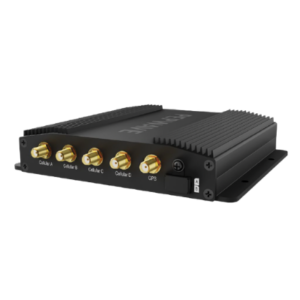 Peplink / Pepwave makes many cellular routers, including some that have the potential to meet the needs consumers creating mobile internet set-ups for their RV or boat.
Peplink / Pepwave makes many cellular routers, including some that have the potential to meet the needs consumers creating mobile internet set-ups for their RV or boat.
Peplink is a large and respected company in the high-end mobile networking space, particularly well known for providing cellular connectivity for everything from fleets of vehicles to cruise ships to dispersed corporate offices.
Peplink is also a key provider of bonding technology that allows a router to combine multiple network connections together - such as cellular, Wi-Fi and Starlink - for increased performance, extreme redundancy and reliability.
While Peplink's cellular integrated routers are not specifically designed with individual mobile users in mind, Peplink does offer solid and well-supported products that many advanced consumers have grown to rely on.
They also offer some consumer-level options.
Product Lineup Quick Glance
The diverse Peplink (formally known as Pepwave) product line can be overwhelming to navigate, as they offer dozens and dozens of models and variations.
They start at routers with minimal features and lower-end modems with consumer pricing as low as $199 all the way to high-level enterprise gear priced in the multi-thousands. Some models are specifically ruggedized for mobility, such as their MAX line-up. Others are intended for stationary office use but might still have appealing features when used in a mobile environment.
Peplink products are generally intended to be managed by the IT department of a company, so navigating their product line and the device's interface isn't aimed at those without some tech-savviness.
Note: Peplink is the official company name, but Peplink has used Pepwave to brand most of their prior cellular enabled routers. In mid-2022, Peplink began standardizing on the Peplink brand, and dropping Pepwave from future product names.
Overall, you can just consider Peplink and Pepwave to be synonymous - even Peplink product managers seem to alternate back and forth in how they refer to things, with very little consistency.
If you want to focus on the options that we find most appealing to our audience of consumer-level mobile travelers, there are the models that we specifically track and recommend starting your research with (click for our more detailed information on each - including reviews):
Below, our members can dive deeper into the product line with videos, spreadsheets, and categorized listings - as well as our hands-on testing notes.
Universal Features
While the models may vary in modem, LAN, and processor specifications - some features are fairly ubiquitous across Peplink's lineup. Here are some of the features commonly found across the product lineup:
-
- High Number of Connected Devices
- Ethernet-Based LAN - Fast, Gigabit or Multi-Gigabit
- Wi-Fi Based LAN - On most models
- Wi-Fi as WAN - On most models
- USB Cellular Tethering - Not on most models
- Embedded Cellular Modem - Dual or Single, ranging from Cat-4 to 5G/Cat-20
- Multi Cellular Carrier Support
- Dual SIM slots per Modem
- External Wi-Fi and Cellular Antenna Ports (non-internal)
- Data Usage Tracking
- Auto Failover
- Integrated GPS
- SpeedFusion Connect Bonding
- Virtual WAN and LAN
- Synergy Mode for connecting multiple routers together
- Band Locking
- TTL Settings
For more on the many more advanced Peplink Features, head on over to our growing Peplink Resource Center:
View our Peplink product line overview and articles - co-authored with our education & action partner at MobileMustHave (who offers advanced support, guidance and discounts to our members):
News, Videos & Status
We have extensive hands-on experience with several models of Peplink Gear over the years. Links to individual testing data can be found above within the specific products we've tested.
Related News Center Articles Overviews:
This Review Contains Additional Member Exclusive Content!
We are Honored to be Member Funded! No ads, no sponsors, no selling (but may contain affiliate links)
Our members fund our in-depth independent reviews.
This entry may contain additional member exclusive content such as testing notes, field testing data, user interface tours, comparisons to alternatives, analysis, tips, videos and discounts.
Members also get interactive guidance, alerts, classroom and more.
Other Ways to Support Our Work At MIRC
Member Exclusive Content Below
- Thoughts & Analysis
- Featured Models Comparative Chart & Video
- Deep Dive
- Peplink Router Line-Up
- Modems
- Categories & Carrier Support
- Dual or Single?
- Alternatives
- Choosing Your Peplink Router & Antennas
- Summary: Should You Consider a Peplink ?
- Links & Tips
Purchasing Options
Purchasing Links & Disclaimer
We don't sell stuff, we are primarily member funded. Some links below may be affiliate links (see our disclaimer), which also helps fund MIRC.
The vendors displayed below provide larger discounts to our MIAs that we have negotiated instead of displaying affiliate links while they are logged in.
MIA Discounts - Learn & Save!
Our Mobile Internet Aficionados (MIA) get special discounts from the below vendors. Members please check for discount codes before ordering. With savings up to 11% off, you could save more than your membership cost!
Members - be sure to check the Member Discounts page for some potentially very substantial savings on purchasing Pepwave routers.
- MobileMustHave -

We are proud to have MobileMustHave.com on our team. MobileMustHave is our Education & Action partner - We work closely together to better serve our nomadic community. They offer some Peplink models bundled with antennas, data plans and accessories at discounts. They also offer special discounts, tech support and additional resources to our MIAs, and even offer their own membership program that includes membership to this resource center and additional perks like 2-day shipping, advanced replacement and data plan discounts.
- Check out our MobileMustHave QuickStart Page for more on the products they offer.
- TechnoRV - Some models are offered with antenna bundles for extra savings. MIA members have a discount here.
- Onboard Wireless - Specializing in the marine market, they offer Pepwave gear and antennas.
- 5G Store
Routers can serve as a central conductor of your local area network in your RV and boat. Mobile routers are different from residential routers in that they typically support multiple internet sources like cellular and Wi-Fi, can be powered off of 12v or AC and support external antenna for better receiving signal.
But you might not need a router in your setup. Here's a quick video overview the variety that routers come in:
For more on learning about mobile routers and how they might fit in your setup, follow up with our educational resources:
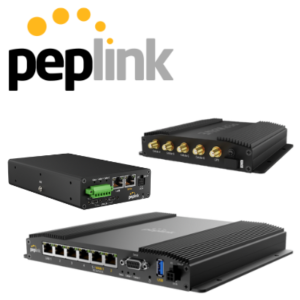
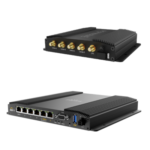
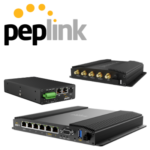
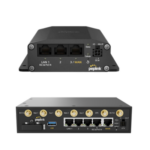
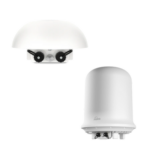
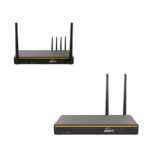
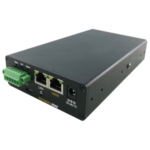
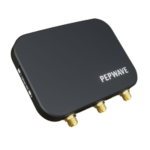


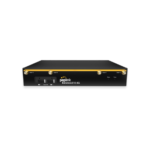
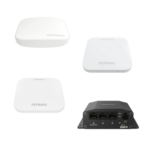
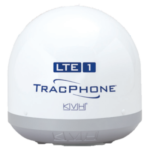


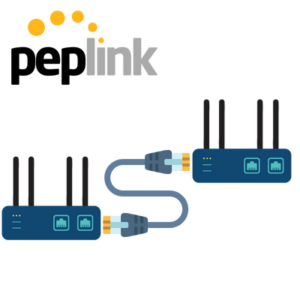

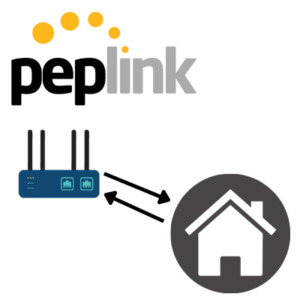
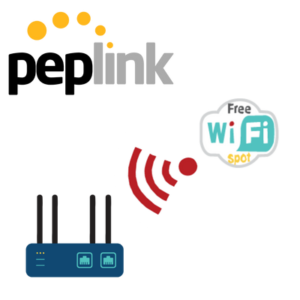


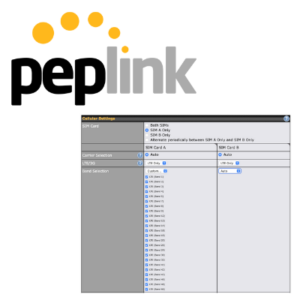







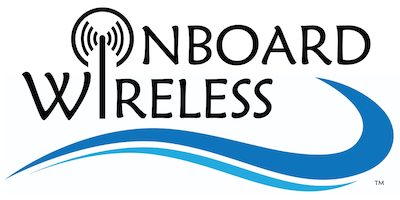









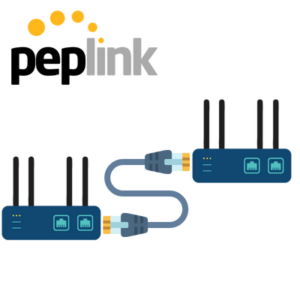

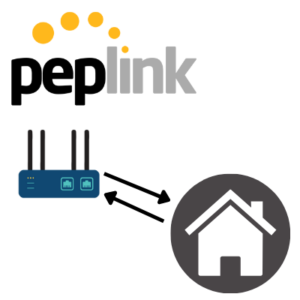
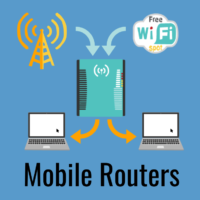





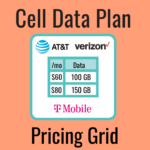

 Mobile Internet Resource Center (dba Two Steps Beyond LLC) is founded by Chris & Cherie of
Mobile Internet Resource Center (dba Two Steps Beyond LLC) is founded by Chris & Cherie of